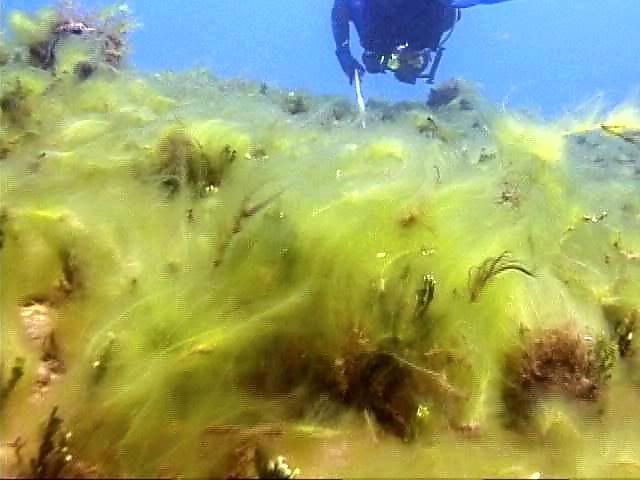It’s been 36 years on Thursday since the ore boat Edmund Fitzgerald sank in a violent storm in eastern Lake Superior taking all 29 crew members with her.
The storm of November 9-10, 1975, ranks among the most powerful to strike the Lake Superior region. Various shoreline reporting stations recorded sustained winds of more than 60 mph, with gusts reaching 85 mph. Conditions on the afternoon of Nov. 9 were peaceful and the lake surface was glassy as the Fitzgerald finished loading taconite pellets at the Burlington Northern docks in Superior, Wis.
Forecasters were predicting a quick change as a storm system approached from the west. Captain Ernest McSorley chose a northeasterly course as he headed the ship to the US Steel plant in Zug Island, Mich., outside of Detroit. This course allowed the ship to hug the northern shoreline of Lake Superior and avoid the full force of the northwest winds.
The Fitzgerald was joined by the ore carrier Arthur M. Anderson, which had departed Two Harbors, Minn. The two ships would brave the trip together.
The Edmund Fitzgerald now lies under 530 feet of water, broken in two sections. On July 4, 1995, the ship’s bell was recovered from the wreck, and a replica, engraved with the names of the crew members who perished in this tragedy, was left in its place. The original bell is on display at the Great Lakes Shipwreck Museum at Whitefish Point in Michigan.
They are the largest bodies of fresh water on Earth: Huron, Superior, Erie, Ontario, Michigan, the Great Lakes. Like the mighty oceans, their floors are tombs, littered with the silent hulks of once proud ships, awaiting someone to tell their stories. While these sleeping giants await the return of the November Witch.

 I recently had an opportunity
I recently had an opportunity

